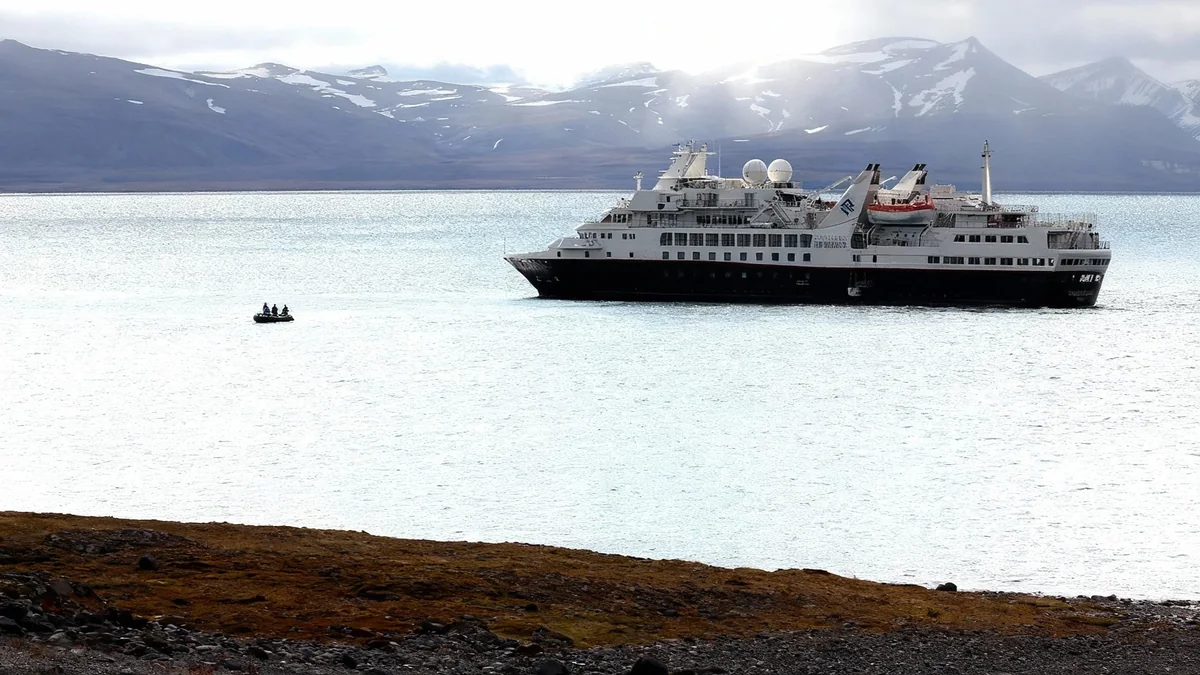Delta Air Lines is redefining its network strategy by investing in smaller, non-hub markets known as "focus cities," such as Austin and Raleigh. According to company President Glen Hauenstein, this approach is driven less by traditional flight profitability and more by the potential to acquire high-value loyalty members and co-branded credit card holders in high-income, high-growth areas.
This strategy marks a significant shift from the industry's conventional wisdom, which has long prioritized massive hub airports for their operational scale and efficiency. Delta's move signals that ancillary revenue streams, particularly from its lucrative partnership with American Express, are now a central factor in network planning.
Key Takeaways
- Delta's investment in focus cities like Austin and Raleigh is primarily driven by their potential for credit card acquisitions and loyalty program growth.
- The airline now evaluates market profitability by combining flight revenue with the value generated from its SkyMiles loyalty program.
- This strategy allows Delta to establish a competitive presence in key economic regions where it lacks a major hub, such as Texas.
- Rival carriers United and American Airlines currently adhere to more traditional, hub-centric network strategies, creating a strategic divergence in the industry.
A New Metric for Network Success
During a recent third-quarter earnings call, Delta President Glen Hauenstein provided insight into the airline's evolving network philosophy. He explained that the decision to build up operations in smaller, strategic cities is based on a broader view of customer value that extends beyond the sale of a single plane ticket.
Historically, major airlines have concentrated their resources on large hub airports where they can maximize passenger connections and lower per-seat operating costs. Smaller, non-hub operations were often the first to be cut during economic downturns due to their perceived lower profitability.
Hauenstein stated that this view is now outdated. The modern airline business model incorporates significant revenue from loyalty programs.
"We used to look at the airline at a route level, but that wasn’t really thinking about what’s inside the minds of customers," Hauenstein explained. "What makes customers choose Delta over a different carrier? I think the answer is relevance."
For Delta, relevance means having a meaningful presence in economically vibrant cities, which in turn drives acquisitions for its SkyMiles loyalty program and its highly profitable co-branded American Express credit cards.
Financial Performance
Delta reported strong financial results for its most recent third quarter, achieving a pre-tax margin of 10.7%. The success of its loyalty program is a major contributor to this performance.
The Loyalty and Credit Card Engine
The core of Delta's focus city strategy lies in the powerful economic engine of its loyalty program. Airlines generate substantial revenue from selling miles to credit card partners, who then use those miles as rewards for their customers. This revenue stream is often more stable and profitable than flying planes.
Hauenstein directly linked the success of markets like Austin and Raleigh to this dynamic. He noted that these cities are not just locations with growing flight demand but are also home to high-income demographics that are attractive for credit card marketing.
Connecting Flights to Finances
"These are high-income growth areas," Hauenstein said. "These are places where we’ve acquired a lot of cards."
He further clarified that the airline is now focused on "trying to understand the interaction between the airline and the card and how to maximize both of those together, as opposed to just looking at an individual route."
According to Hauenstein, when this combined value is considered, some focus cities can be more profitable for the airline than its traditional hubs. This approach justifies maintaining and investing in a network that might not make sense based solely on route-by-route performance.
What is a Focus City?
In the airline industry, a focus city is a destination where an airline establishes a significant presence but does not operate a full-scale hub. Flights from a focus city typically connect to the airline's major hubs rather than to each other. They serve as key point-to-point markets and strategic footholds.
Strategic Positioning Against Competitors
Beyond the financial benefits of loyalty programs, focus cities serve a crucial strategic purpose: establishing a presence in competitor strongholds. Hauenstein used Texas as a prime example. Both American Airlines (Dallas/Fort Worth) and United Airlines (Houston) operate massive hubs in the state, which is one of the largest air travel markets in the country.
Without a hub of its own in the region, Delta risks becoming irrelevant to a large base of potential customers.
"Austin, we’ve chosen because we don’t have a Texas hub," Hauenstein stated. "As you know, Texas, in and of itself, is a huge revenue market. So [it’s about] seeing those opportunities... and saying, ‘where do we need to have a relevant offer?’”
By building a focus city in Austin, a major center for technology and economic growth, Delta can compete for corporate contracts, attract local travelers, and market its credit card products effectively within the state.
Rivals Stick to Traditional Hubs
Delta's strategy is not yet widely adopted by its main rivals. American Airlines experimented with building a large focus city in Austin during the pandemic but has since scaled back its operations there, refocusing on the strength of its primary hubs.
United Airlines' leadership has been even more explicit about its commitment to a hub-centric model. When asked about potentially acquiring assets to build a focus city in Fort Lauderdale, CEO Scott Kirby emphasized a different philosophy.
- United's Strategy: Kirby stated that United prefers to "fight battles from the high ground," concentrating its strength in its seven major domestic hubs.
- American's Strategy: While it has a large presence in Austin, its recent network adjustments suggest a renewed focus on maximizing connectivity through its largest hubs like DFW and Charlotte.
This divergence raises important questions about the future of airline network planning. If Delta's model of integrating loyalty revenue into network decisions proves successful, it could pressure competitors to reconsider their reliance on traditional hub economics, especially in key growth markets like Florida and Texas.





